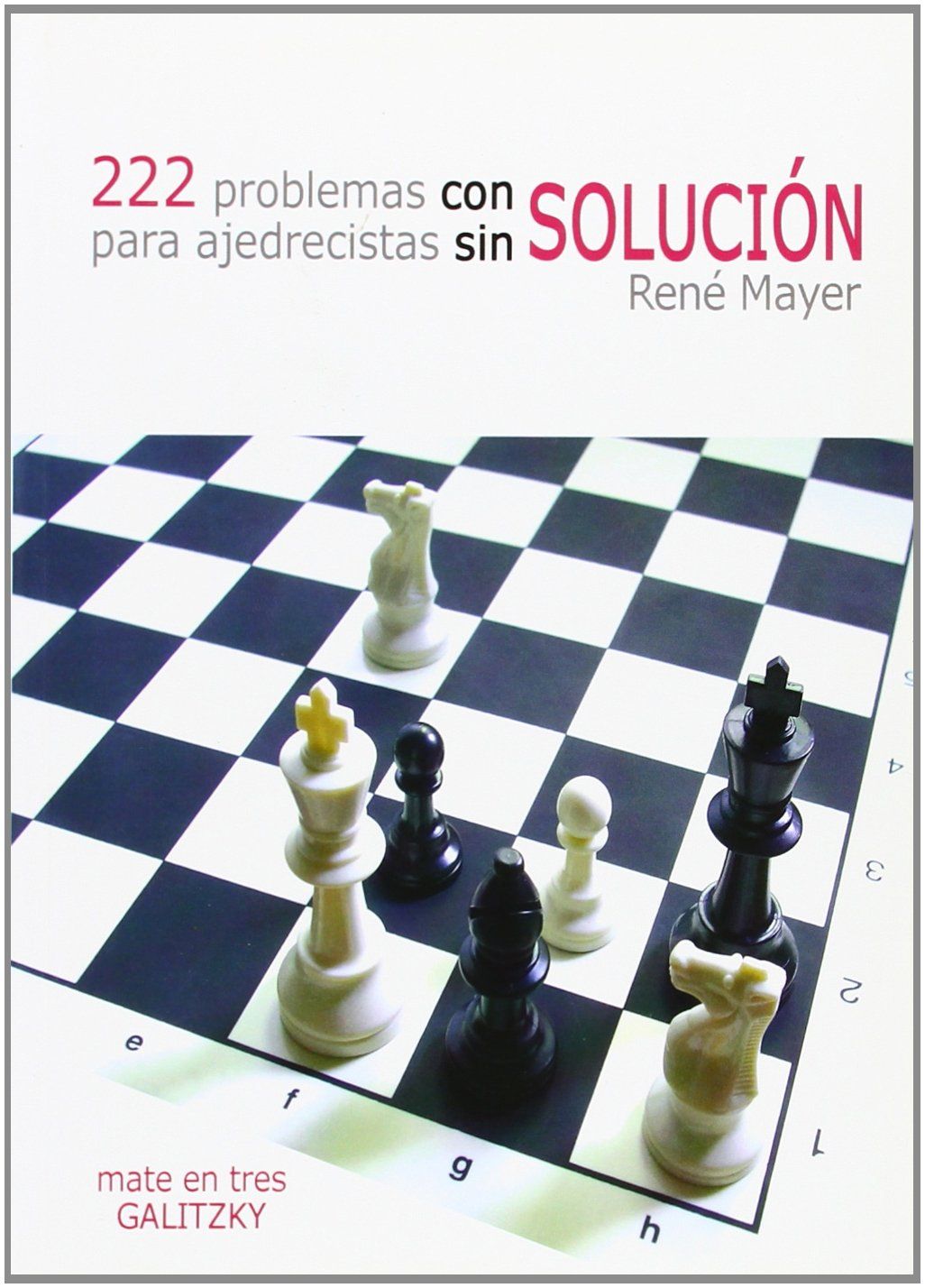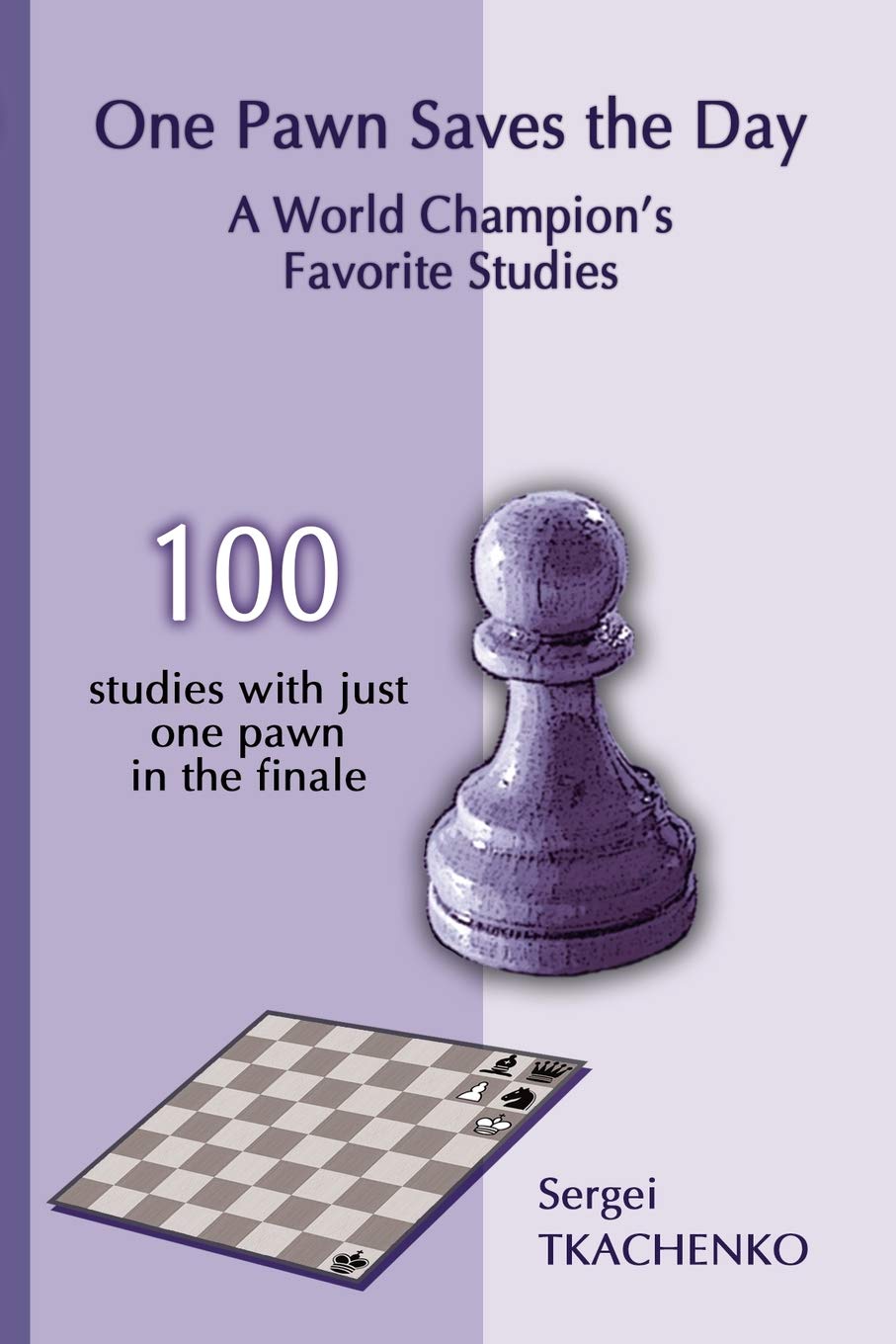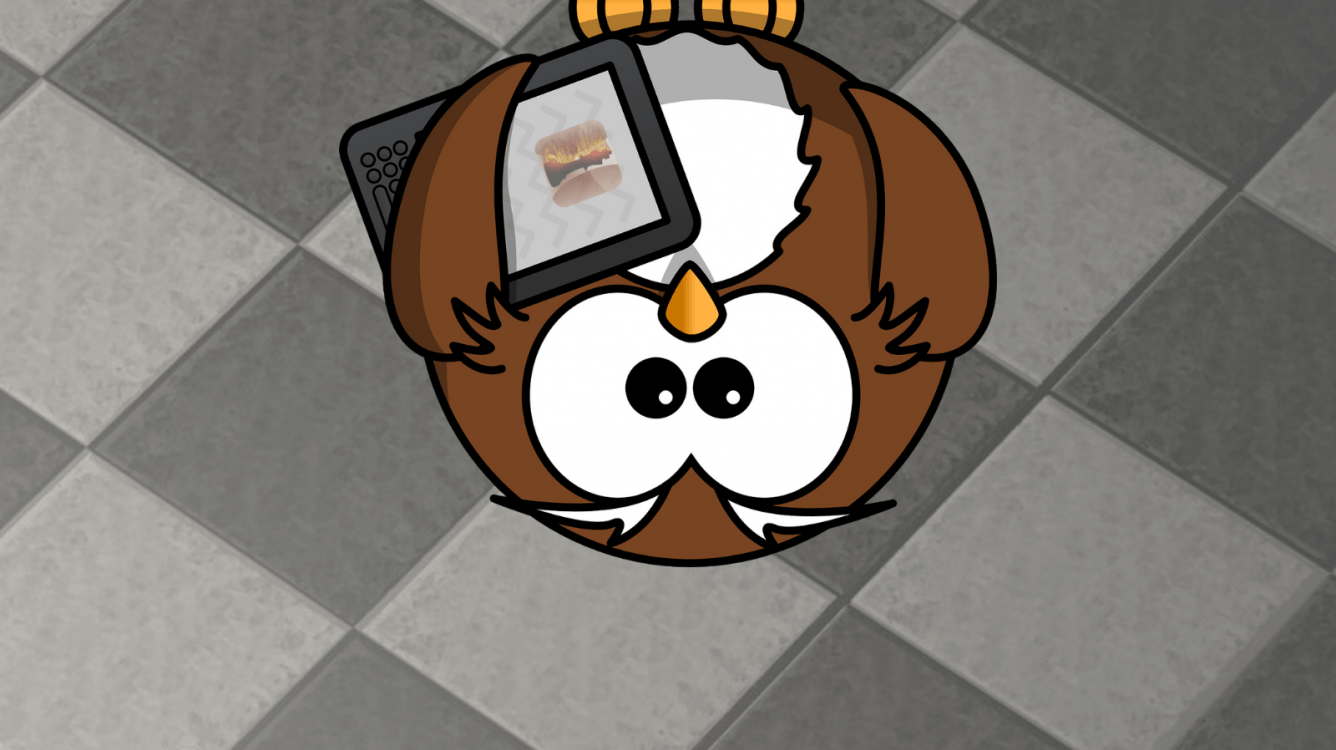
Getting Better at Problem Solving: Thinking backwards
It is wrong to use a hammer for a job that requires a wrench. It is the same with problems, from the ones we face in our hardbound puzzle books to the business or financial ones we solve from our cubicles. There are different problem-solving techniques, tools, and methods to solve them effectively and efficiently. In the second blog of our series Getting Better at Problem Solving, we will explore a fun and useful technique called "Backward Thinking."
Now put your thinking caps on. Let's get started!
Starting with the end goal in mind:
Let us begin with this simple mate in two position. It is a slightly modified version of a famous position composed by the American Chess composer Sam Loyd.
The traditional method of finding candidate moves is going to be difficult because of the sheer number of possible candidate moves as the Rook and Queen are on the open board. This calls for a different approach to problem-solving - Backward Thinking. It involves finding possible goals (Mating Patterns as in this case) and working backward to reach a solution. Simple.
1. Set your Goals: The first step in the process is to let your mind wander in a creative search for possible mating patterns.
[Hint: If it's a mate in two, black has a one-move king radius. That is, you have to extend your search for mating patterns to include the adjacent squares next to the King. Also, if the position is a three mover, the king has two possible moves, and therefore a large search area]
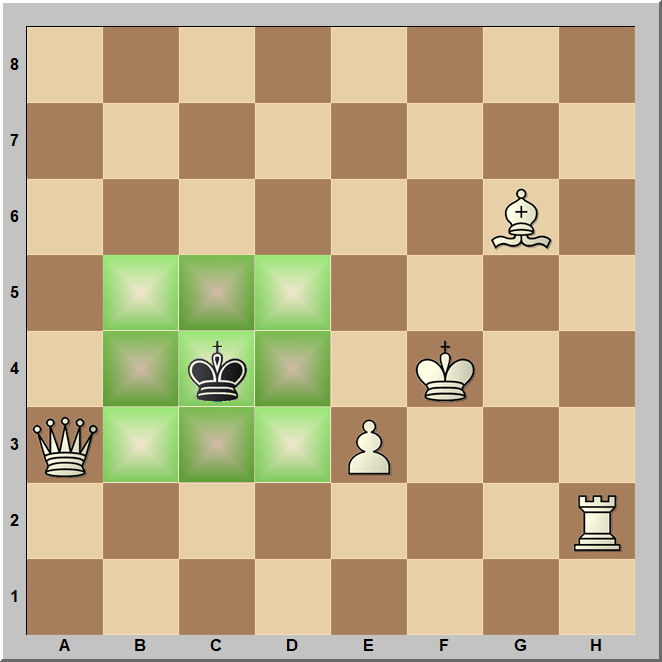
After a little exploration, we stumble across the following positions.
 1. With King on b3 1. With King on b3 |
 2. With King on b5 2. With King on b5 |
 3. With King on d5 3. With King on d5 |
2. Think backward: Figure out if the mating patterns can be achieved within the stipulated rules of the puzzle (Mate in two, three, etc).
3. Does it work out? a. YES! If it's possible to find a variation leading to the mating pattern, voila, you've found your answer. b. IF NOT, REPEAT the process with the next patterns or other candidate moves for a specific mating pattern.
Answer below:
Here's a slightly complex position to understand all the dynamics of the thinking process in motion.
Possible Mating Patterns:
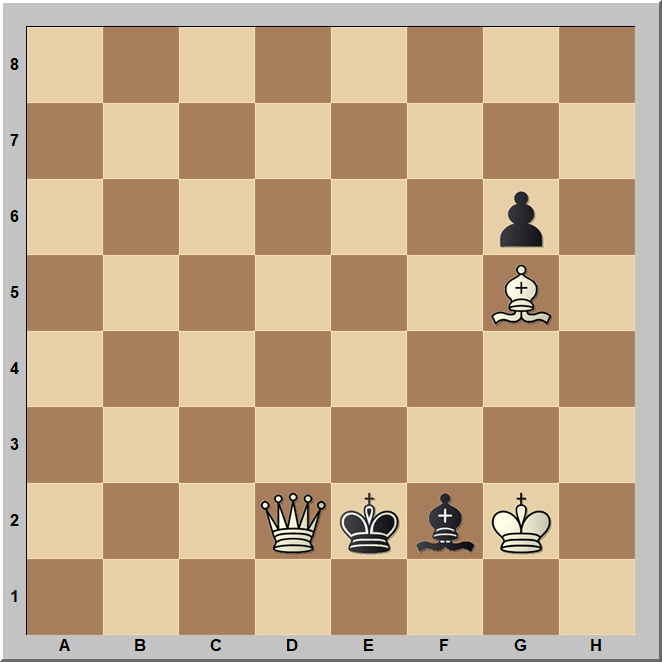 |
Possible candidate moves: Bf4 or Bh6, Qb2 or a2,
|
If I play Bf4 or Bh6 in the hope of black playing Bf2, then g6-g5 can be played. If I play Qb2 or Qa2, black will play Kd1. |
 |
Three possible candidate moves to achieve this pattern: Qb3, Qc3, Qc5. |
1. Qc3 Kd1 1. Qb3 Bf2 1. Qc5 Kd1 |
 |
Impossible pattern. | 1. Qf5 is not possible because of the g6 pawn |
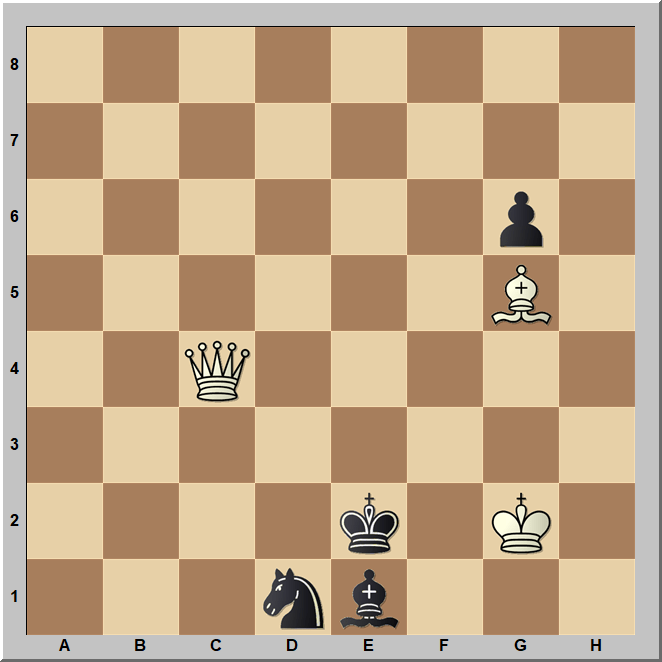 |
Related patterns: Queen on c4, b5 or a6. Candidate moves: Queen along the c-file. Qb1 Qb2, Qa2 |
Works only for Qb1 Other moves: It does not work because Kd1 is possible. |
 |
Impossible to bring this position within the given position rules (mate in 2) | |
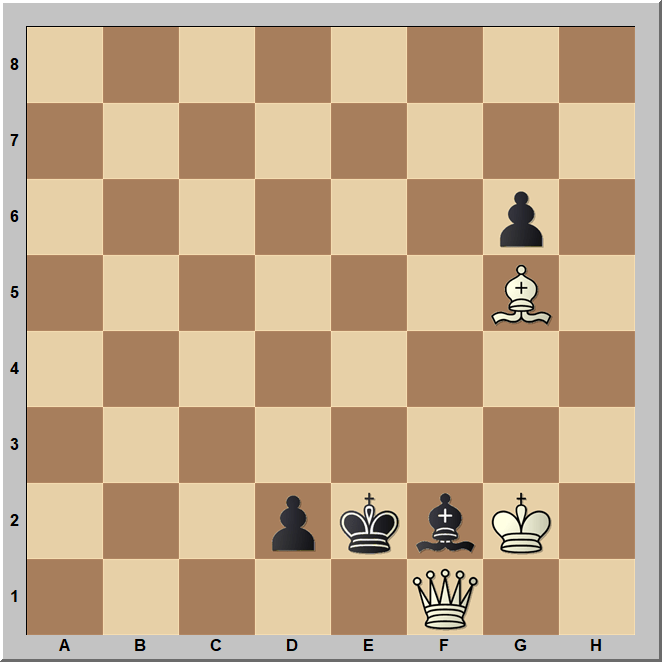 |
Only possible candidate move: Qb1 | Works! |
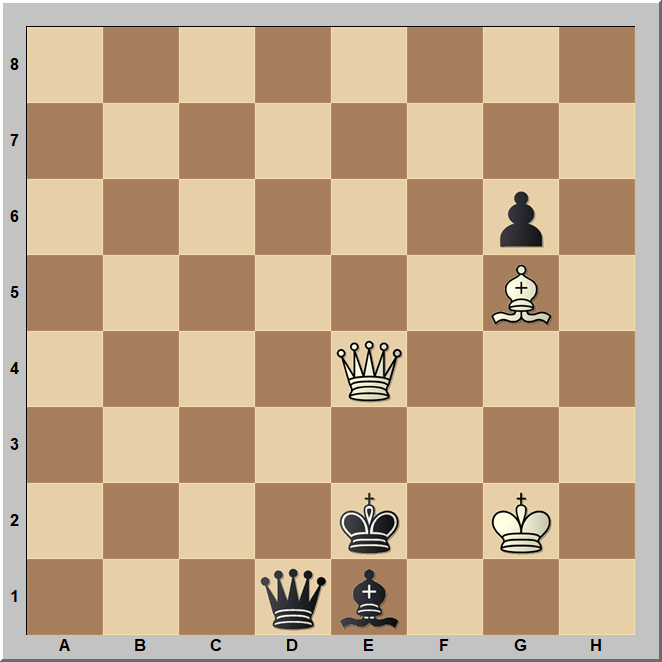 |
Possible candidate moves: Via Qb1 Qc4, Qa4, Qc6 |
Qc4, Qc6 gives way for Kd1 Qa4 Kd3 Works via Qb1 |
After all this analysis, it is now clear what the solution is! With conscious practice, it becomes easier to imagine different mating patterns and speed up our process of thinking.
Here are a few more tricky mate in two positions to practice your problem-solving skills. Remember to follow the procedure outlined above.
Puzzle 1:
All the positions above were taken from the book 222 problemas con solución, a collection of fantastic puzzles. It's a Spanish book, but it also speaks the universal Chess notation language which would help us understand who is to play, what needs to be done and the solution. A sample can be viewed by clicking the image below.
Another interesting puzzle collection is the single piece finale collection The King Saves the Day, The Queen Saves the Day, One Bishop Saves the Day, One Knight Saves the day, One Rook Saves the Day, One Pawn Saves the Day and Bishop & Knight Saves the Day by Elk and Ruby Publishing.
Bonus video: Working Backwards to Solving Problems - A TED Talk by GM Maurice Ashley
Challenge:
The following position is taken from the book The Chess Mysteries of Sherlock Holmes by Raymond Smullyan. It's called a Retrograde puzzle. Your challenge is to figure out how this position arose in the game. It is white's turn in the below position. Clearly Ka8 was the last move but the problem is how did white get such a position?
I had a memorable evening alone with Holmes, during which I learned more about retro-analysis than perhaps on any other occasion. "Here, let me set up a little exercise to illustrate the more normal type of situation," he said.“I call this an ‘exercise', Watson, since it is really too simple to dignify by the word ‘problem'. As you see neither side is mated — nor even in check. The question now is this: Given that Black moved last, what was his last move, and White’s last move?”
Thank you all for reading! Share your thoughts and answers in the comment section below. Looking forward to hearing from you.
Best,
Arun from Forward Chess Team.
